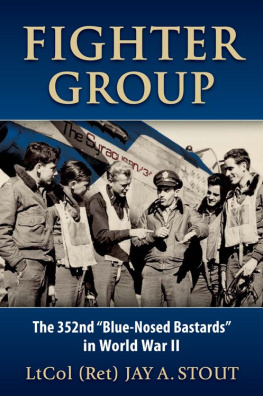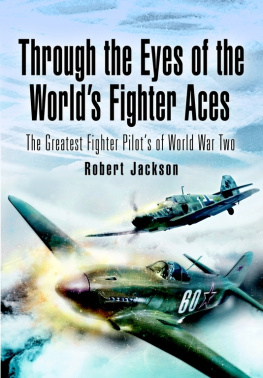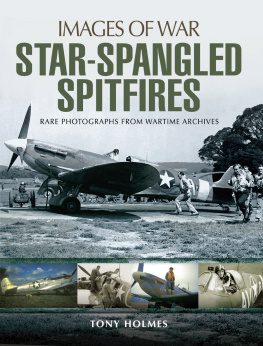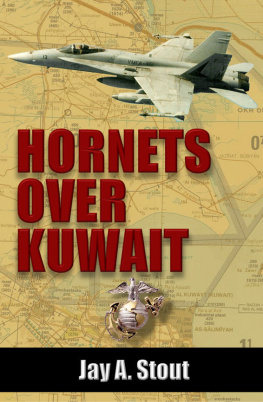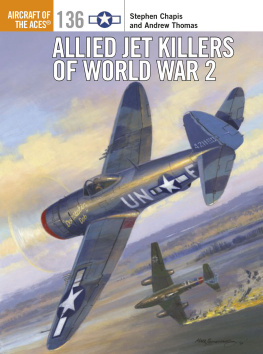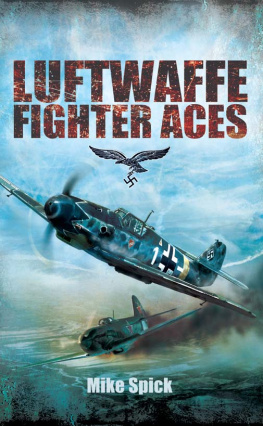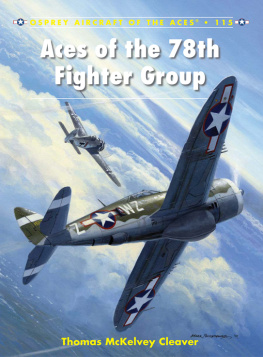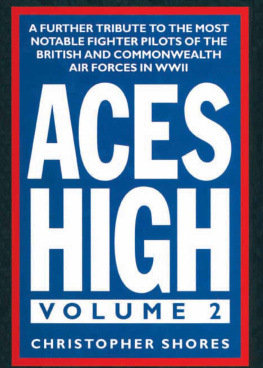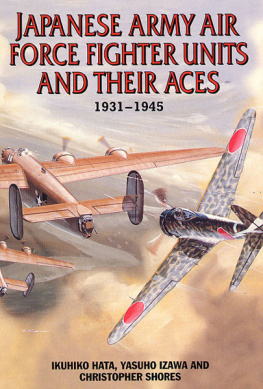FIGHTER GROUP
The 352nd Blue-Nosed Bastards
in World War II
LtCol (Ret) Jay A. Stout
STACKPOLE
BOOKS
Copyright 2012 by Jay A. Stout
Published by
STACKPOLE BOOKS
5067 Ritter Road
Mechanicsburg, PA 17055
www.stackpolebooks.com
All rights reserved, including the right to reproduce this book or portions thereof in any form or by any means, electronic or mechanical, including photocopying, recording, or by any information storage and retrieval system, without permission in writing from the publisher. All inquiries should be addressed to Stackpole Books.
Printed in the United States of America
10 9 8 7 6 5 4 3 2 1
Library of Congress Cataloging-in-Publication Data
Stout, Jay A., 1959
Fighter group : the 352nd Blue-Nosed Bastards in World War II / Jay A. Stout.
p. cm.
Includes bibliographical references and index.
ISBN 978-0-8117-0577-6
1. United States. Army Air Forces. Fighter Group, 352ndHistory. 2. United States. Army Air Forces. Fighter Group, 352ndBiography. 3. World War, 19391945Aerial operations, American. 4. World War, 19391945Regimental historiesUnited States. I. Title. II. Title: 352nd Blue-Nosed Bastards in World War II.
D790.252352nd .S76 2012
940.544973dc23
2012019815
eBook ISBN: 978-0-8117-4867-4
Especially for Betty Powell.
Because she deserves it.
CONTENTS
INTRODUCTION
I t wasnt quite a stagger, but it was something less than a walk. Weighed down with their parachute packs, jackets, Mae Wests, helmets, and other flight gear, the pilots moved slowly toward their assigned aircraft. Enlisted maintenance men, performing last-minute checks, crawled over, under, and around the P-51s. Unseen aircraft thrummed above the clouds as other elements of the days mission headed toward their rendezvous points. After being on combat operations for more than a year, the noise was a regular part of their lives, and the men paid it scant attention.
Even parked, the 352nds blue-nosed P-51 Mustangs looked ready for combat. Whereas other aircraftthe British Spitfire, for instancemight be described as beautiful, the P-51 offered a handsome, muscular, and perfectly proportioned appearance. Rather than projecting a fierce image, it had the confident, easy, all-American good looks that automatically reassured men.
Many of the P-51s scattered around the airfield at Bodney were newer, with bubble canopies. These wore no paint, their aluminum skins shining bright in the cloud-silvered light. Others were veterans of earlier battles and had traditional birdcage canopies; they were finished in worn, olive-drab paint that was chipped and rubbed with grease and oil. All of them were deadly, and the men who flew them believed themselves to be the most fortunate combat pilots in the world.
Don Bryan sighed with relief and looked up from where he was pissing on the tailwheel of his P-51. It was a ritual he practiced before each mission. A full and painful bladder was a distraction he didnt need while escorting the seemingly endless bomber streams for five hours or more. Such missions were challenging enough already. They required concentrated attention not only to flying the aircraft and maintaining proper formation, but also to rubber-necking the surrounding skies for enemy aircraft. Moreover, it was difficult not to feel trapped inside the cramped cockpit while sucking air from a rubber oxygen mask clamped too tightly to his face. And then there was the matter of German pilots and antiaircraft gun crews who were eager to kill him. In light of all that, draining his bladder at the last possible minute seemed to make good common sense. As time had passed, the act also assumed the characteristics of a good luck sacrament. Bryan had survived more than a year of combat and saw no reason to change his routine.
Not far away, he spotted George Preddy climbing into his fighter. Preddy was one of the highest scoring aces in the Eighth Air Force and commanded Bryans squadron, the 328th. It was just one of the 352nd Fighter Groups three fighter squadrons, the other two being the 486th and the 487th. All around the airfield, other pilots clambered into their aircraft or were already snugly strapped in. Bryan checked his watch. The group was scheduled to start its engines in two minutes. He gave his John Henry a quick shake, tucked it away, and fastened his trousers. Kirk Noyes, his crew chief, waited for him on the left wing of his fighter, Little One III.
Noyes had been Bryans crew chief since the 352nd arrived at Bodney during July 1943. He was a serious man and wasnt amused by Bryans bladder emptying, but neither did he bother him about it. The two men had a good arrangement. Noyes always made certain that their assigned aircraft was in tip-top shape, and Bryan always brought it back. And sometimes he shot down Germans with it.
After he finished snapping into his parachute, Bryan climbed onto the aircrafts left wing, slid past Noyes, stepped down into the cockpit, and strapped himself to the seat. Noyes pulled a rag from his pocket and wiped down the windscreen a final time; it couldnt be clean enough. Finished, he wished Bryan happy hunting and returned to the ground, where he waited with his assistant crew chief and armorer.
The weather at Bodney was gray but fresh on November 2, 1944. A cold breeze laced the bare-branched trees that lined much of the airfields periphery and sunlight pierced the clouds in bright, striated columns. Bryan saw a puff of smoke from an aircraft across the field an instant before he heard the bark. Immediately, there was more smoke and a rising growl as the Packard-built Merlin engines of fifty-four blue-nosed P-51s spun to life. Bryan finished his pre-start checklist and nodded at Noyes, who stood in front of the aircraft with a fire extinguisher. His eyes swept the cockpit once more before he primed the engine, and then he threw the start switch.
The starter, whined and the four-bladed propeller in front of Bryan ticked in circles for a few seconds. There was a sharp chuff, a clot of smoke and flame from the exhaust stacks, and then a low roar as the engine caught and the propeller blades whirled into a translucent gray disk. Bryan set the fuel mixture and throttle, glanced at his engine instruments, then nodded at Noyes. The crew chief ducked under the wing of the aircraftstaying well clear of the propellerand tugged the wheel chocks free. Bryans armorer stood nearby, smiled, and raised a thumb. Earlier, he had loaded the aircrafts six machine guns with nearly 2,000 rounds of .50-caliber APIor Armor Piercing Incendiaryammunition. The guns, their muzzles plugged with pressed cardboard discs that kept out dirt, water and small critters, were ready for action.
Already, the groups fighters were moving toward the takeoff end of the field. Because they couldnt see directly to the front over the long noses of their aircraft, the pilots taxied in a series of small S-turns. The P-51s, so graceful in the air, resembled great waddling, blue-nosed aluminum ducks on the ground. Bryan eased off the brakes, advanced the throttle, and let Little One III roll forward. He returned Noyess thumbs-up as he turned to join the rest of the group.
Dirt, leaves, and bits of dry grass lifted from the ground by dozens of whirling propellers whipped past the fighters as they snaked their way into takeoff position. Bryan heard a small tick as a pebble bounced off the right side of his fuselage. He mentally checked off the other three members of his flightYellow Flightas they fell into position behind him. He checked his watch again as the 352nds first four-ship of P-51s raced down the grass field and lifted into the sky, exactly on time. The radio was silent as it always was when the group went on a mission.

